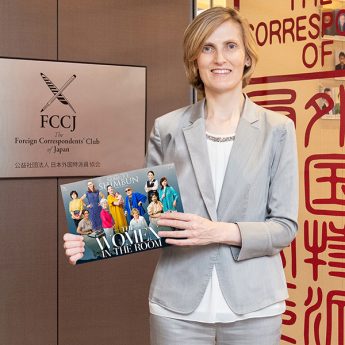China leads the pack in the Asia–Pacific region for women in management
Just 15 percent of management positions in Japan are held by women. This figure is well below the average found across Asia, according to a survey of employers by recruiting expert Hays in Japan.
The survey of 2,600 employers, conducted as part of the 2014 Hays Salary Guide, found that across Asia, 28 percent of management roles are held by women.
Leading the region for the development of female talent is China, where 36 percent of management positions are held by women. China was followed by Hong Kong (33 percent), Malaysia (29 percent) and Singapore (27 percent).
“Japan is falling behind in the diversity stakes”, said Jonathan Sampson, regional director of Hays in Japan. “This is happening despite Prime Minister Shinzo Abe’s commitment to tapping into Japan’s ‘most underutilised resource: Japanese women’”.
These findings are supported by a report released by Grant Thornton International Ltd. in March 2013, which said that mainland Chinese women topped the world in terms of holding senior management roles in business. Japan was far behind, in 44th place.
A separate survey by MasterCard, also released in March last year, further supported the finding that mainland Chinese women were well represented in business, with 40.9 female business owners to every 100 males, higher than in Japan (21.2 women to every 100 men).
In addition, according to McKinsey & Company Inc.’s report titled Women Matter: An Asian Perspective, released in June 2012, Japan has one of the lowest levels of female representation on boards and executive committees in Asia.
“Diversity is increasingly on CEOs’ agendas, as it is seen as a way of improving attraction and retention of staff. It also seems to better reflect a company’s customer base and boost productivity, innovation and financial results”, Sampson said.
“Despite the compelling business case for diversity in the workforce, the number of women participating in management is still relatively low compared to men. We will continue to monitor this trend in future years and it will be interesting to watch how quickly organisations come around to developing female staff to expand their talent pool”, he added.
Below is Hays’ advice to employers who are looking to develop their female staff so they are ready for management roles:





